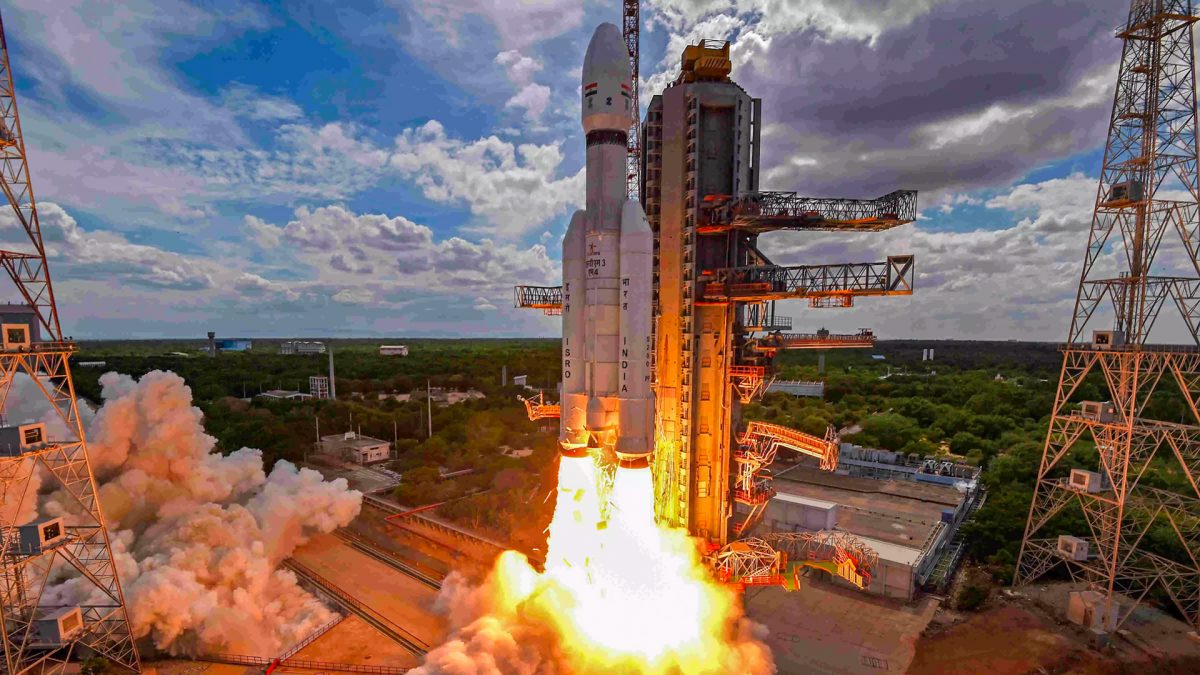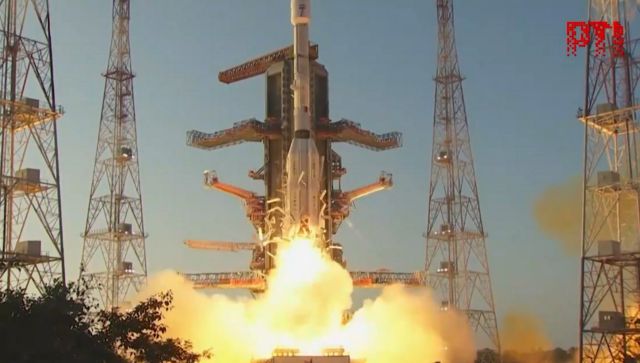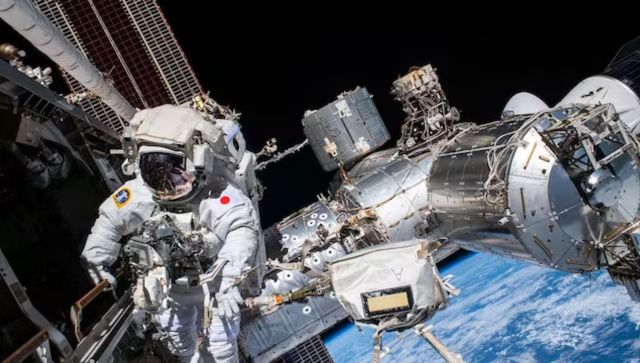The PSLV-C37 mission was a resounding success and Isro now holds the world record for the most number of satellites launched on a single mission. The 88 satellites of Planet Labs that form Flock-3p is the most number of satellites belonging to a single constellation launched at once.
Isro has another feather in its cap, but the PSLV-C37 is just the opening launch for 2017 and there are a number of launches scheduled by Isro in the months ahead. Here is what is coming.
GSLV-Mk III-D1 / GSat-19
During the first quarter of 2017, Isro has scheduled the launch of a developmental flight of the indigenous GLSV-Mk III-D1. The GSLV has a higher launch capacity than the PSLV. The GSat-19 is expected to carry Ka and Ku band recievers, as well as a Geostationary Radiation Spectrometer (GRASP).
The GSat series of satellites are in Geosynchronous orbit and provide essential communications services. Audio, video and data is broadcasted through these satellites. The GSat-19 will be launched on the maiden flight of the GSLV MK III. A number of GSat satellites were launched by the Ariane-5 rocket by Arianespace and so, using indigenous launch vehicles should considerably lower the costs of launching communications satellites for India.
GSLV-F09/ GSat-9
The GSat-9 carries 12 Ku band transponders to fill a growing need for such transponders. The GSLV-F09 launch is also slotted for the first half of 2017. GSat-9 has the power handling capacity for 3,000 watts, and has a lift mass of 2,195 kg. The satellite is expected to be operational for 12 years. Considering Isro’s insistence on extending mission life, and making the maximum use of available resources, the actual life of the satellite could be extended much beyond its planned life.
The GSat-09 is also known as the South Asian Association for Regional Cooperation (SAARC) satellite. All the South Asian countries in SAARC have given their consent to the program, except for Pakistan. The Satellite is Prime Minister Narendra Modi’s “pet project”, and is a gift from India to its South Asian Neighbours. Sri Lanka, Maldives, Bangladesh, Nepal and Bhutan will benefit from the satellite, and Afghanistan may be brought on board as well.
IRNSS backup satellite
The atomic clocks on Indian and European satellites saw a sudden series of mysterious failures . Though there is no established link yet, the atomic clocks that failed were supplied to both India and Europe by Spectratime.
The failure was seen in only one of the seven satellites in the Indian IRNSS constellation, which is India’s version of the constellation of GPS satellites by the United States. As a way to remedy the situation, Isro plans to launch one of the backup navigation satellites it has on the ground.
The launch is scheduled for some time in the middle of the year. The failed satellite is IRNSS-1A, and Isro has denied reports of problems in the rubidium clocks used on other satellites in India’s navigation constellation. The launch vehicle is expected to be the PSLV.
PSLV Launch
A PSLV launch on 28 December, will see moon rovers from the Indian Team Indus and the Japanese Team Hakuto rideshare on the same PSLV . The two teams are attempting to bag the LunarX prize, by being the first private companies to land a rover on the surface of the Moon and move 500 meters across the surface.
Team Indus has interesting plans to monetise the Moon voyage. Team Indus will brew beer on the surface of the Moon, place a small token with the names of sponsors and attempt to bring back material from the surface of the Moon to sell on Earth.
Despite the exciting experiments by Team Indus, it is unclear if they will actually qualify for the Lunar XPrize. The deadline for the feat is December 2017, and Team Indus will only be landing on the moon on Republic Day 2018.
While this is a roundup of the most exciting missions to look forward to in the year ahead, Isro plans to have more missions during the course of the year. Regular launches of satellites are peppered throughout the year, considering the ever increasing demand of satellite-based services in the country.
This story is a part of a series on the world record launch of 104 satellites on a single mission by Isro. The stories in the series are:
- Isro aims for a World record, to launch 83 satellites on a single rocket
- ISRO to launch world record 100 satellites in the PSLV-C37 mission scheduled for February
- Launching 103 satellites is not about setting a record, but to maximise capability, says ISRO chief
- Isro adds another passenger to the PSLV-C37 mission, 104 satellite launch rescheduled to mid February
- Isro plans to involve Indian industries to increase satellite launch capacity
- Isro’s mid-February PSLV-C37 launch of 104 satellites to have 88 satellites from Planet Labs
- Isro chief AS Kiran Kumar outlines the various uses of Indian satellites to students
- Isro’s PSLV-C37 launch scheduled for 15 February at 9:00 AM, here are the confirmed details
- Isro is going to break these previous satellite launch records with the PSLV-C37 mission
- Isro to recover half the cost of record breaking PSLV-C37 launch from foreign customers
- Isro PSLV-C37 record breaking mission run up: A history of rockets and launch vehicles in India
- Isro PSLV-C37 mission: The US private sector is threatened by cheap Indian spaceflight
- Isro has plans to go to Venus and visit Mars again in the future, along with 104 satellites launch on 15 Feb
- Isro’s record breaking PSLV-C37 mission: These are the 104 satellites on board
- Isro PSLV-C37 launch: How Antrix compares to other satellite launch services
- Isro’s launch of the PSLV-C37 mission with 104 satellites is subsidised by the Government
- Isro’s record breaking PSLV-C37 mission: Here is how to follow the launch as it happens
- Isro releases curtain raiser and satellite integration videos ahead of the PSLV-C37 launch


)




)
)
)
)
)
)
)
)